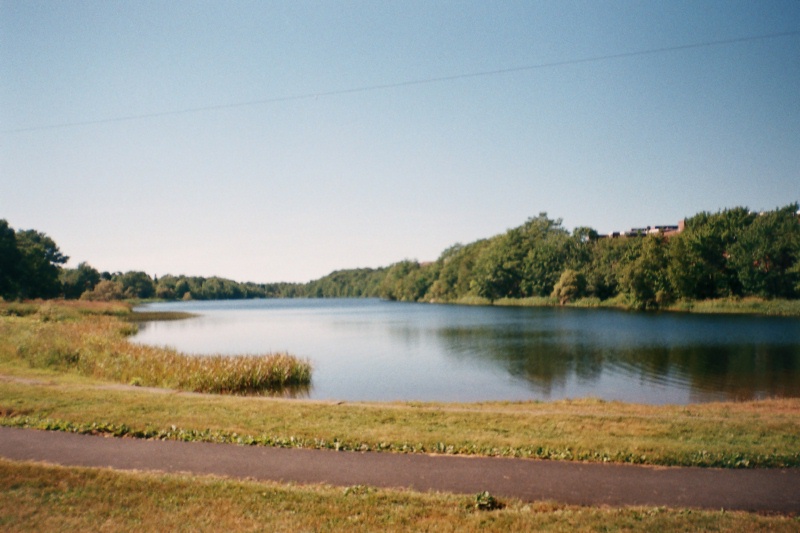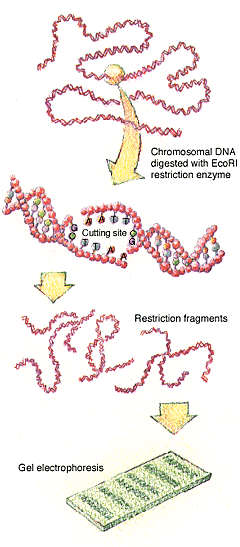
Disclaimer & Copyright Notices; Optimized for the MS Internet Explorer
Updated: August 08, 2018 ![]() Google map
Google map
![]() Maynard Lake environs, a wistful poem Acknowledgements
Maynard Lake environs, a wistful poem Acknowledgements
![]() Bacterial Source Tracking and related events, 2002 to 2004
Bacterial Source Tracking and related events, 2002 to 2004
And there is good news
![]()
Select scientific modelling and chemical/biological limnology are part of our miscellaneous archives
The bathymetric map; the basic morphological data; the location map; the Nova Scotia lake hypolimnion project; the paleolimnology of lakes in the HRM
![]() Maynard Lake was used as a drinking water supply long ago; Thank you Mr. Kenneth Manuel.
Maynard Lake was used as a drinking water supply long ago; Thank you Mr. Kenneth Manuel.
But in the case of Maynard Lake, there is good news as follows:-
![]()
Through
the combined efforts spearheaded by ourselves with strong public
support and with several Government agencies partnering with us, we
herewith announce significant improvement in several indicators
inclusive of the summer-2004 E.coli counts, sublittoral zoobenthos, lake phycology, and other parameters.
In addition, an experimental project carried out several years ago by the DFO at Bell and Maynard Lakes concluded that the control brook trout fingerlings survived well in Maynard Lake while the survival rate was poor at Bell Lake.
![]() It is cautioned though that the low E.coli
counts may not be sustainable unless citizens do their part in not
feeding ducks.
It is cautioned though that the low E.coli
counts may not be sustainable unless citizens do their part in not
feeding ducks.
![[Img-old_history1.jpg]](PIC/old_history1.jpg)
![[Img-old_history2.jpg]](PIC/old_history2.jpg)

![[Img-World-class expert, Prof. Kate Field PhD]](../../H-2/PIC/field2.jpg)
Essentially,
the following report from the "The" world-class expert, Prof. Kate
Field PhD of the Oregon State University on the BST based on the common
anaerobic Bacteroides Prevotella species concludes that 50% of the
filters were positive for one or both human markers; none of the
filters were positive for the dog marker; and that all the 17 filters
were positive for the non-specific fecal marker. It further states that
in the obvious absence of farm animal impact, the most likely source is
waterfowl since the non-specific fecal marker readily detects waterfowl
fecal contamination.
For a background literature and associated synopsis on BST, see the report prepared by Applied Limnologist, Shalom M. Mandaville.
![[Img-field03_1.jpg]](PIC/field03_1.jpg)
![[Img-field03_2.jpg]](PIC/field03_2.jpg)
![[Img-field03_3.jpg]](PIC/field03_3.jpg)
![]() High recommendations from independant regulators on Prof. Field's methodology
High recommendations from independant regulators on Prof. Field's methodology
One of the technologies applied, notwithstanding the varying E.coli sources, was the experimental methodology implemented in a class project elsewhere in year 2002 by Trottier, Beaton-Johnson, and Fares which has received acclaim from Director General, George Iwama PhD (pers. comm. April 17, 2003), and from Laura Brown PhD (pers. comm. May 09, 2003) of The National Research Council of Canada (NRCC), Halifax.
In addition, we have also been carrying out several educational programs for public stewardship.
We salute the Chebucto Community Net (CCN) of Halifax, Nova Scotia, Canada for hosting our web site, and we applaud its volunteers for their devotion in making `CCN' the best community net in the world